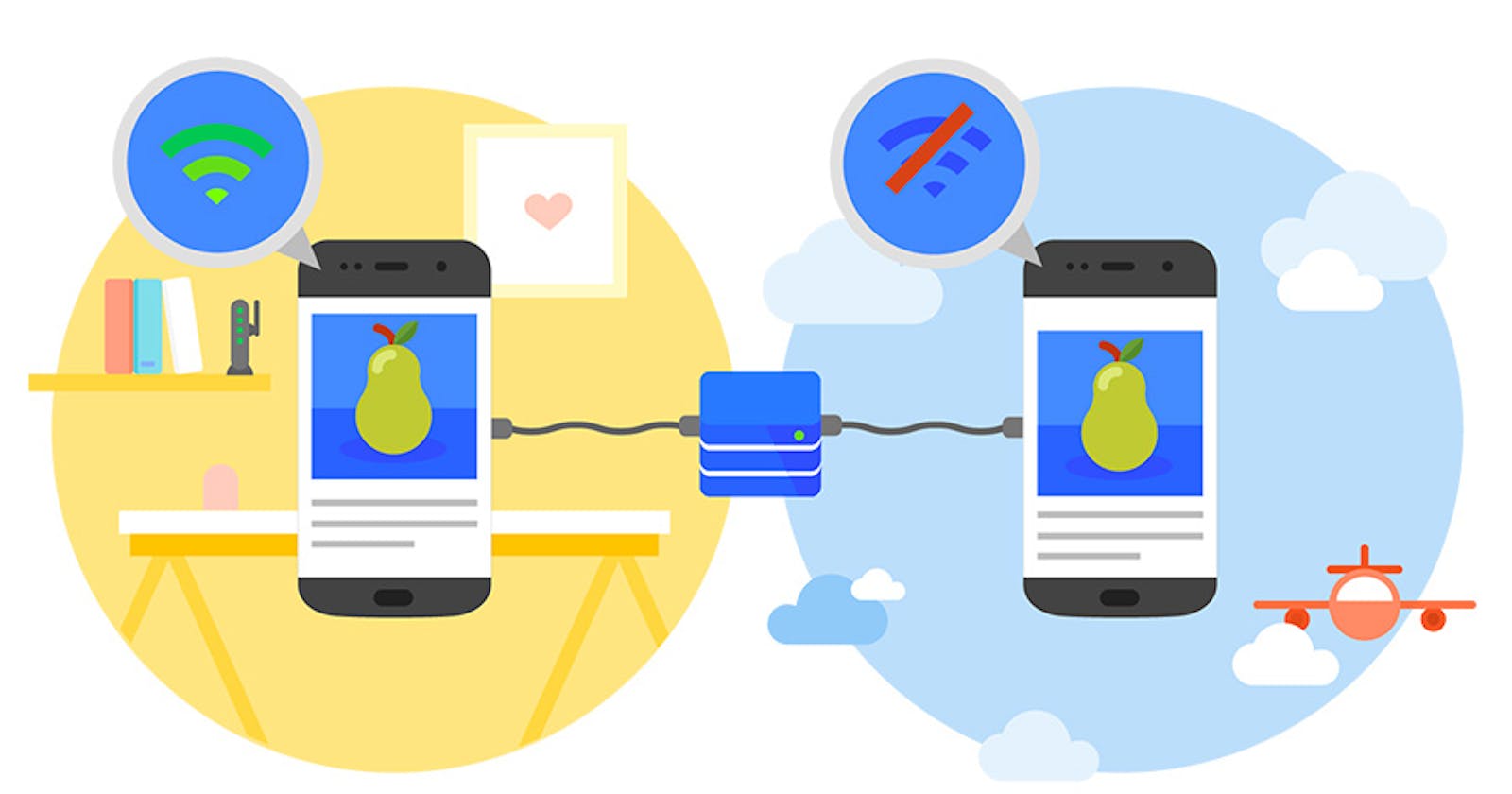Earlier on, I wrote an article concerning websites versus web applications and a lot of people asked me to explain the concept of progressive web applications and how they differ from normal web applications.
So in this article, I will be writing about what progressive applications are, the cases to use them and the differences between progressive web applications and normal web applications.
What is a Progressive Web Application?
Progressive web applications in layman's terms are websites that look and behave like a mobile app. PWAs are built to take advantage of native mobile device features, without requiring the end user to visit an app store, make a purchase and download software locally.
PWAs are designed to work offline, be installable on a user's home screen, and provide fast, responsive, and engaging experiences. PWAs are built with HTML, CSS, and JavaScript, which are the same technologies used for traditional web applications, but with the added benefits of offline capability, performance optimization, and native app-like features. By providing users with a seamless and engaging experience, PWAs aim to improve user engagement and increase the likelihood of users returning to the app. Examples of PWA's are websites like Starbucks, Instagram, user, etc.
What is the difference between a progressive web application and a normal web application?
The installation process is one significant distinction between a PWA and a web app. On either a desktop or a mobile device, one can install a PWA. A web app, on the other hand, can only be used on a web browser and cannot be installed on a device. Because of this, it is preferred by consumers in this regard.Progressive Web Applications (PWAs) and normal web applications differ in other several key aspects, including:
User Experience: PWAs provide a native app-like experience to users, with features such as offline capability, home screen installation, and push notifications, while traditional web applications typically do not offer these features. It provides an experience that is so fluid and integrated that it is difficult to tell a PWA from a native app.
Accessibility: PWAs are designed to work seamlessly on any device and browser, with progressive enhancement ensuring that the user's experience is optimized based on their device's capabilities. Normal web applications may not be optimized for different devices and may not work as well on older browsers.
Performance: PWAs are optimized for fast loading times and smooth performance, with the use of technologies such as Service Workers and caching to ensure a seamless experience even without an internet connection. Normal web applications may not be optimized for performance, leading to slow loading times and a less smooth experience for users.
Maintenance: PWAs are easy to maintain and update, with updates automatically pushed to users and not requiring a separate app store submission process. Normal web applications may require more manual updates and may not be as easily accessible for users.
Development Process: PWAs are typically built with HTML, CSS, and JavaScript, which are the same technologies used for traditional web applications. However, the development process for PWAs includes considerations for offline capability, performance optimization, and native app-like features, while normal web applications may not require these considerations.
Advantages of Using a PWA as a Developer
Building a Progressive Web app rather than the native web app as a developer has a lot of advantages in which will be discussed below:
Cross-Platform Compatibility: PWAs are built with HTML, CSS, and JavaScript, which are the same technologies used for building traditional web applications. This means that developers can create a PWA that works on any device and browser, without the need to develop separate apps for different platforms.
Cost-effective: PWAs are cost-effective to develop, as they do not require separate development efforts for different platforms, unlike native mobile apps. This can be a significant advantage for small businesses and startups who are looking to get their app to market quickly and efficiently.
Easy Maintenance: PWAs are easy to maintain and update, as the updates are automatically pushed to users and do not require a separate app store submission process. This can save time and resources for developers and ensure that users are always up-to-date with the latest features.
Improved User Engagement: PWAs can provide improved user engagement, as they are easily accessible and provide a native app-like experience. This can increase the likelihood of users returning to the app and spending more time on it.
When should use a PWA over a traditional Web app?
Progressive web applications are better used than traditional web apps when you want to provide a reliable, fast, and engaging experience for your users, especially on mobile devices.
In conclusion, Progressive Web Applications are a powerful tool for developers looking to create engaging and high-quality web applications. With the ability to provide a native app-like experience to users, offline capability, and fast and responsive performance, PWAs offer a compelling alternative to traditional web applications. Additionally, the ease of maintenance and accessibility across a wide range of devices make PWAs an attractive option for businesses looking to improve user engagement and increase the likelihood of users returning to their app. As the demand for high-quality and seamless user experiences continues to grow, PWAs are poised to play an increasingly important role in the future of web development. By adopting PWAs, developers and businesses can take advantage of this cutting-edge technology to create innovative and engaging web applications that deliver a truly native app-like experience to users.
